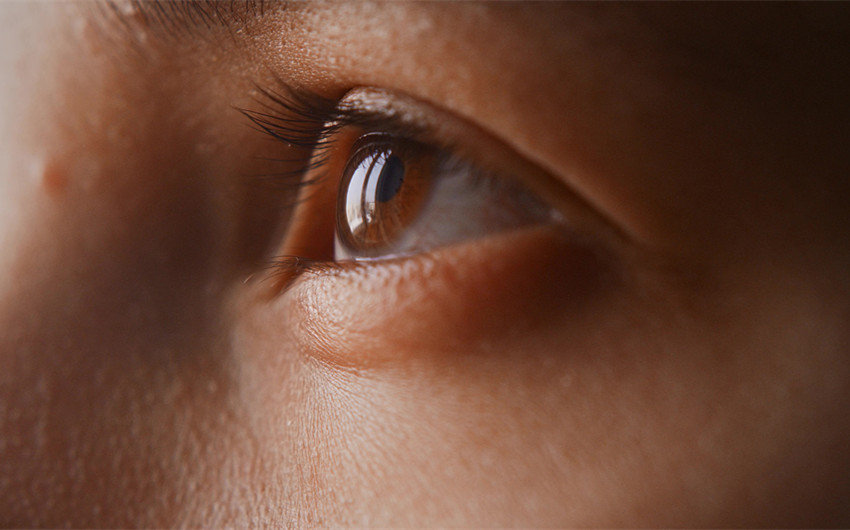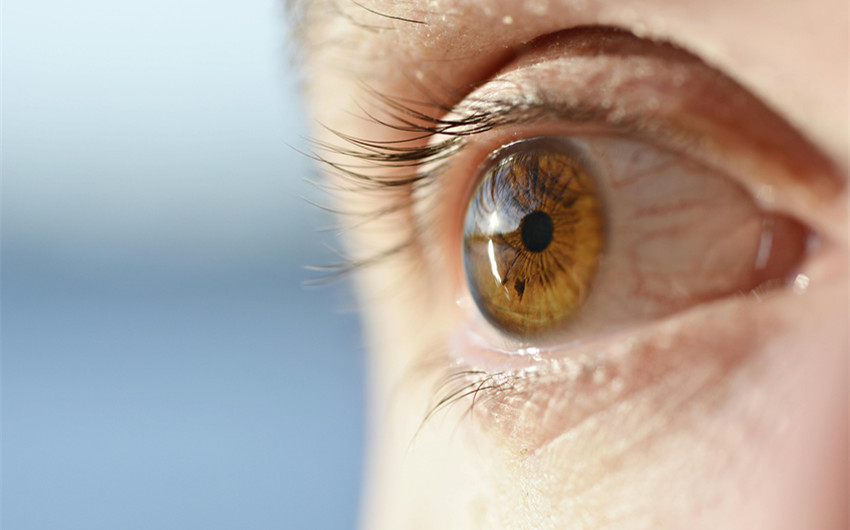How Many Times Does a Person Blink a Day on Average?
You blink all the time without even realizing it—it’s one of those things your body just does for you. Whether you’re reading, walking, or deep in thought, your eyes are constantly working behind the scenes to stay moist, clean, and protected.
But have you ever stopped to wonder, “How many times does a person blink a day?” It’s a surprisingly big number for such a small motion, and understanding it can give you a whole new appreciation for your eyes. In this article, we’ll break it down and explore why this tiny action matters more than you think.
The Average Blink Rate
Most people blink so effortlessly that they never stop to think about how often it happens—but the numbers are surprisingly impressive. On average, a person blinks 15 to 20 times per minute while awake. That means your eyelids are closing and reopening roughly every three to four seconds—without you even noticing.
If you do the math, the daily total becomes pretty eye-opening (pun intended):
-
15–20 blinks per minute
-
About 900–1,200 blinks per hour
-
Assuming you’re awake for around 16 hours a day, that adds up to approximately 14,000 to 19,000 blinks per day
That’s a lot of blinking for something we barely think about!
Of course, this number isn’t the same for everyone. Your blink rate can fluctuate based on what you’re doing, how tired you are, your health, and even your mood.
Why Do We Blink So Often?
We blink thousands of times a day because it’s essential for eye health and comfort. Each blink spreads a thin layer of tears across the eye, keeping it moist, clear, and protected from dust or irritants. Blinking also helps remove debris and distributes important nutrients that fight off infection.
Beyond physical benefits, blinking gives the brain quick “micro-breaks,” helping us reset focus and stay mentally alert. It even supports visual clarity—especially when we’re switching tasks or feeling tired. In short, blinking is a small action with big benefits, keeping both your eyes and mind functioning smoothly.
Factors That Affect Blink Frequency
Blinking is a semi-autonomic function regulated by a combination of neurological control and environmental feedback. While the typical spontaneous blink rate ranges between 15–20 blinks per minute in healthy adults, several physiological and situational factors can significantly alter this rate.
1. Environmental Stimuli
External conditions can stimulate reflexive blinking. Exposure to dry air, wind, smoke, bright light, or allergens activates sensory nerves in the cornea and conjunctiva, prompting more frequent blinking to restore ocular surface integrity and maintain tear film stability.
Conversely, in humid or stable environments, the ocular surface remains moist for longer, and blink frequency may decrease.
2. Cognitive Load and Visual Task Demand
Studies have shown that blink rate is inversely related to attentional demand. During tasks requiring high visual concentration—such as reading, driving, or screen use—blink frequency typically decreases.
This phenomenon is attributed to the brain’s effort to minimize visual interruption. Prolonged reduction in blink rate during focused tasks can lead to evaporative dry eye symptoms and digital eye strain, clinically known as computer vision syndrome.
3. Emotional and Psychological States
Blinking is also modulated by emotional arousal and mental states. Increased blink rate has been associated with stress, anxiety, and emotional activation, likely due to heightened activity in the autonomic nervous system.
For example, dopaminergic activity in the basal ganglia has been linked to spontaneous blink regulation, meaning that blink frequency can serve as a non-invasive marker for central dopaminergic function.
4. Age and Developmental Factors
Blink frequency evolves with age. Infants exhibit a significantly lower blink rate (approximately 2–3 blinks per minute), likely due to underdeveloped tear film regulation and reduced environmental exposure. Blink rate gradually increases through childhood and stabilizes in adulthood.
In older adults, changes in eyelid muscle function or tear production may affect blink efficiency, though overall frequency tends to remain within the typical range unless influenced by pathology.
5. Medical Conditions and Pharmacological Effects
Certain neurological, ophthalmic, and systemic conditions can alter blink behavior. For instance:
-
Parkinson’s disease is associated with hypometric blinking and reduced blink rate due to dopaminergic neuron degeneration.
-
Blepharospasm, a form of focal dystonia, causes excessive involuntary blinking.
-
Dry eye disease often results in compensatory increased blinking to replenish tear film.
-
Medications such as antipsychotics, stimulants, or anticholinergics can influence blink rate by affecting neurotransmitter systems that regulate motor control or tear production.
Fun Facts About Blinking
Blinking is one of the most automatic, unnoticed things your body does—yet it’s filled with surprising quirks and fascinating details. From its role in communication to the total time your eyes are shut each day, here are some fun facts about blinking that might just make you blink twice:
1. You Spend Around 30 Minutes a Day with Your Eyes Closed
Given that the average person blinks about 15–20 times per minute and each blink lasts roughly 300–400 milliseconds, the math adds up: your eyes are closed for about 5–10% of your waking hours. That’s roughly 30 minutes per day, spent in tiny micro-naps your brain doesn’t even register.
2. You Blink More When Talking Than Reading
Blinking is influenced by your brain’s cognitive load. When you’re reading or focused on a visual task, your blink rate drops. But when you’re speaking or listening, your blink rate increases. It’s believed this helps the brain process information by momentarily pausing visual input.
3. Blinks Are Not Random
Though blinking may feel spontaneous, it’s actually carefully timed by your brain. Studies using EEG and eye-tracking have shown that people often blink at natural breakpoints—like the end of a sentence or scene in a movie—when visual input is least needed.
4. Some Animals Blink Differently (or Not at All!)
Humans blink with both eyes using upper and lower eyelids, but animals have unique adaptations. Frogs and turtles blink to help swallow food, and snakes don’t blink at all—they have a protective scale instead of eyelids.
Birds and some mammals have a nictitating membrane, a transparent third eyelid that moves sideways to protect the eye without blocking vision.
5. Blinking Is One of the Fastest Movements the Body Can Make
A typical blink takes less than half a second, making it one of the quickest reflexes in the human body. The muscles involved are among the most active in your face, contracting thousands of times per day with incredible speed and precision.



